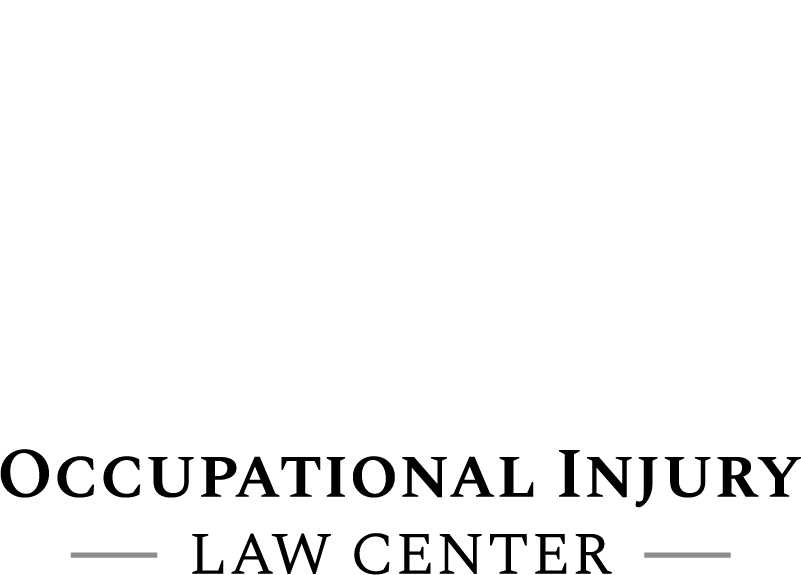Heat stroke is a medical emergency that requires immediate attention. If you have any reason to believe you or someone else is suffering from this ailment, it’s imperative to administer first aid and call 911 for assistance.
The most common signs of heat stroke include:
- Pounding headache
- Dizziness
- Hot skin
- Muscle cramps
- Minimal sweating, even though the person is hot
- Vomiting
- Nausea
- Difficulty breathing
- Confusion or disorientation
- Unconsciousness
First aid for heat stroke
In addition to calling 911, first aid for heat stroke can help minimize some of the symptoms. The best thing you can do is move to a cooler area, such as an air-conditioned building or a shady spot. Also, remove unnecessary clothing to help cool the body.
Some of the best ways to cool off include:
- Wetting the skin and using a fan
- Applying ice packs
- Taking a cool shower
You should never assume you can treat heat stroke on your own. Even if you begin to feel better after cooling off, it’s critical to receive professional treatment and a medical diagnosis.
As you continue on the path to recovery, there are things you should and shouldn’t do. For example, your doctor may request that you avoid high temperatures for several weeks.
Untreated heat stroke can lead to serious internal injuries or even death. If you suffer heat stroke on the job, receive treatment and report the incident to your employer as soon as possible.
If your doctor suggests that you take time away from work, consider if you’re able to file a claim for workers’ compensation benefits.

